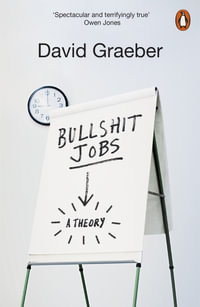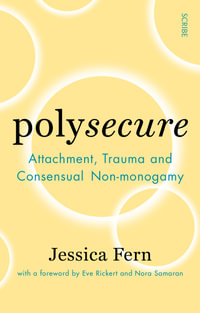
At a Glance
Hardcover
RRP $315.00
$271.99
14%OFF
Available for Backorder. We will order this from our supplier however there isn't a current ETA.
ISBN: 9781472414694
ISBN-10: 1472414691
Series: Human Factors in Road and Rail Transport
Published: 28th June 2013
Format: Hardcover
Language: English
Number of Pages: 336
Audience: College, Tertiary and University
Publisher: Taylor & Francis Ltd
Country of Publication: GB
Edition Number: 1
Edition Type: New edition
Dimensions (cm): 23.4 x 15.6 x 2.54
Weight (kg): 0.75
Shipping
| Standard Shipping | Express Shipping | |
|---|---|---|
| Metro postcodes: | $9.99 | $14.95 |
| Regional postcodes: | $9.99 | $14.95 |
| Rural postcodes: | $9.99 | $14.95 |
Orders over $79.00 qualify for free shipping.
How to return your order
At Booktopia, we offer hassle-free returns in accordance with our returns policy. If you wish to return an item, please get in touch with Booktopia Customer Care.
Additional postage charges may be applicable.
Defective items
If there is a problem with any of the items received for your order then the Booktopia Customer Care team is ready to assist you.
For more info please visit our Help Centre.
You Can Find This Book In
This product is categorised by
- Non-FictionIndustry & Industrial StudiesTransport IndustriesRoad Transport Industries
- Non-FictionEngineering & TechnologyTransport Technology & TradesAutomotive Technology & TradesRoad Transport & Haulage Trades
- Non-FictionPsychologyOccupational & Industrial Psychology
- Non-FictionIndustry & Industrial StudiesIndustrial Relations, Health & Safety
- Non-FictionTransportationRoad & Motor Vehicles in GeneralMotor Cars in General
- Non-FictionComputing & I.T.Graphical & Digital Media Applications3D Graphics & Modelling
- Non-FictionFamily & HealthPersonal Safety
- Non-FictionSociology & AnthropologySociology
- Booktopia Publisher ServicesTaylor & Francis
























